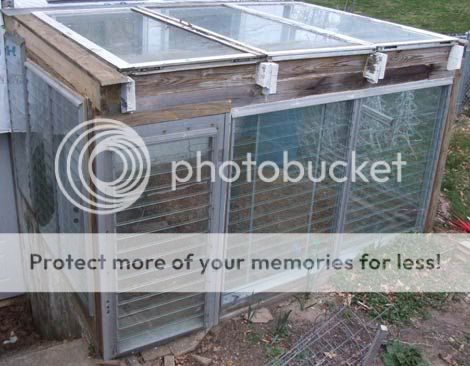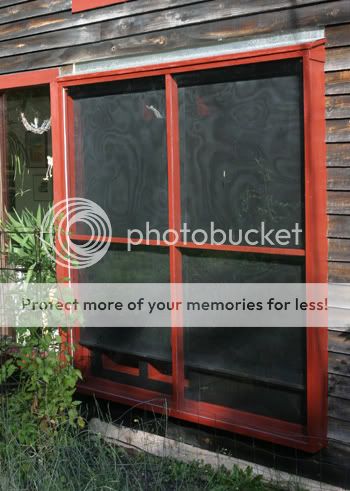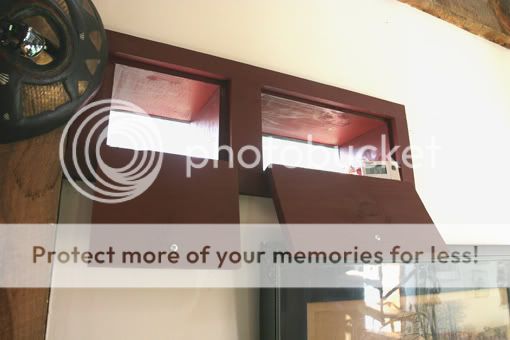Stalker
New Member
- Messages
- 2
- Reaction score
- 0
- Points
- 0
Okay I am designing a passive solar heater. I hope to have it up and running by next winter. here is my question, for now. I'm sure more will come.
I want to install a tank that the radiators will dump into when the system first starts. This will also serve as a place for any trapped air to collect, and to keep the water lines filled.
Here is my plan, go ahead shoot it down. I am basically building a green house that will house several in line floor board radiators. You know the copper pipes with aluminum fins. THese will heat up and then circulate hot water, into two hot water heater tanks, these will also be inclosed in the green house under the radiator/solar collectors. THe hot water heaters will run in series, the second one will supply water to the forced hot water system inside the house.
I don't see this system ever getting hot enough, that steam becomes a problem. SO if I put my dump tank at the top of the system, so it will serve to keep the cold water sitting in the house pipes, from directly cooling the water in the system, will it effect the weight of the water being pumped through the system?
I plan on using a fairly inefficient pump to save on electricity. So water weight is a concern.
In case you are wondering. This will be a secondary system that will only heat the bottom floor of my house which is below ground.
Thanks for reading this
Stalker
I want to install a tank that the radiators will dump into when the system first starts. This will also serve as a place for any trapped air to collect, and to keep the water lines filled.
Here is my plan, go ahead shoot it down. I am basically building a green house that will house several in line floor board radiators. You know the copper pipes with aluminum fins. THese will heat up and then circulate hot water, into two hot water heater tanks, these will also be inclosed in the green house under the radiator/solar collectors. THe hot water heaters will run in series, the second one will supply water to the forced hot water system inside the house.
I don't see this system ever getting hot enough, that steam becomes a problem. SO if I put my dump tank at the top of the system, so it will serve to keep the cold water sitting in the house pipes, from directly cooling the water in the system, will it effect the weight of the water being pumped through the system?
I plan on using a fairly inefficient pump to save on electricity. So water weight is a concern.
In case you are wondering. This will be a secondary system that will only heat the bottom floor of my house which is below ground.
Thanks for reading this
Stalker



